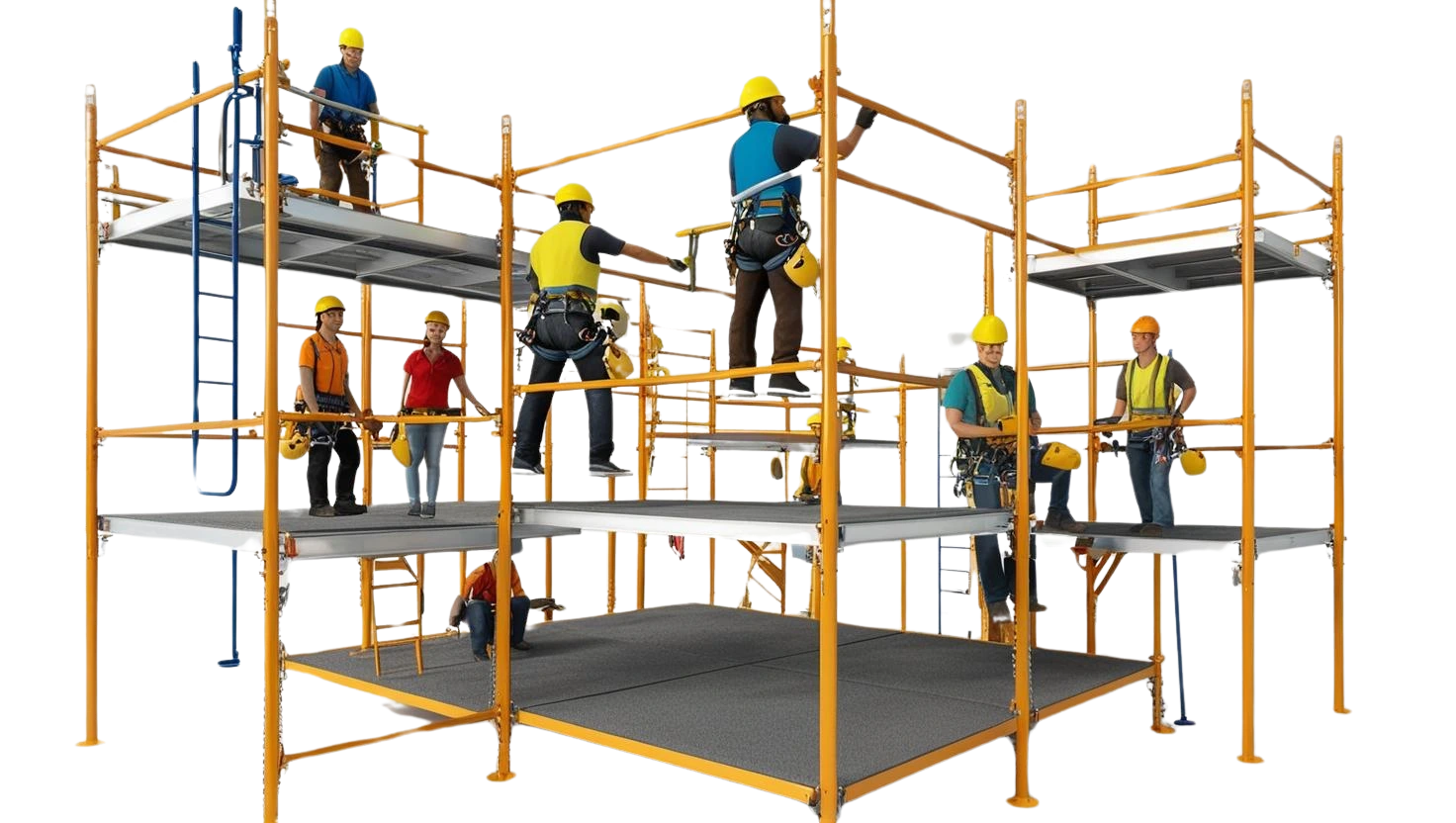Scaffold
Training Courses
Advanced Scaffold Building Techniques

Why should I take Scaffold courses?
Scaffolding courses are crucial for anyone working at heights, especially in construction. They significantly boost safety by teaching proper erection, use, and dismantling techniques, reducing accident risks. These courses also cover hazard recognition, PPE use, and fall protection. Furthermore, they ensure compliance with safety regulations and industry best practices, preventing legal issues. Scaffolding training enhances skills and employability, making you a more valuable worker and opening up new job opportunities. It also improves efficiency and productivity by teaching optimal techniques and problem-solving skills. Finally, these courses foster a safety-conscious work environment by raising awareness and promoting responsibility. Essentially, scaffolding training protects you, your colleagues, and your career.
All Available Scaffold Courses

- Scaffold

- Scaffold

- Scaffold

- Scaffold

- Scaffold

- Scaffold

- Scaffold

